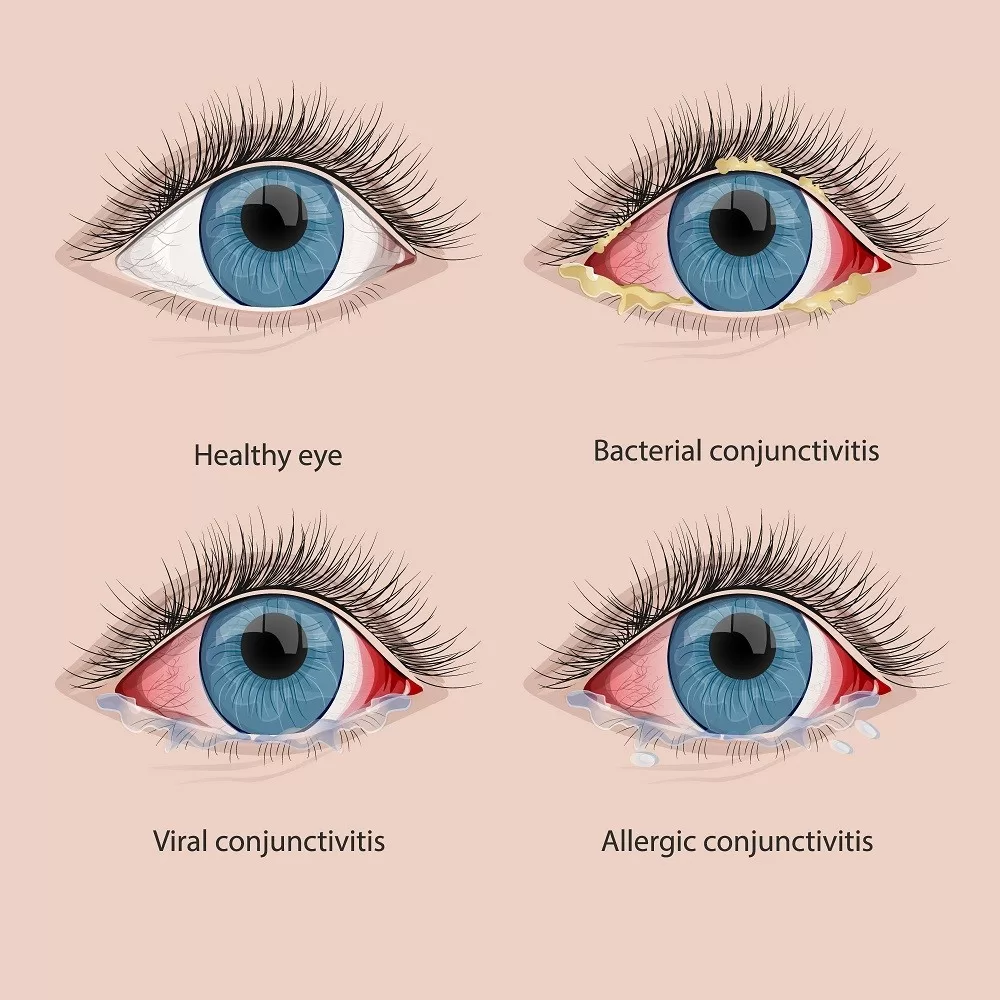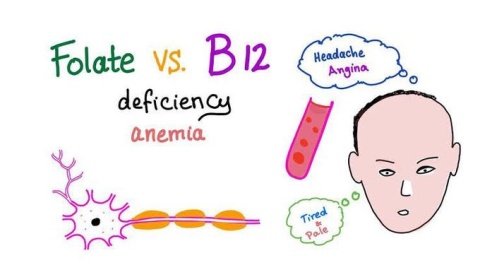Conjunctivitis in adults, commonly known as “pink eye,” is an eye condition that causes irritation and inflammation of the conjunctiva. This prevalent ailment can result from various factors, including bacterial infections, allergies, or environmental irritants, and is characterized by symptoms such as redness, itching, and discharge. Adult eye infections, particularly those caused by bacteria and viruses, can not only be bothersome but may also lead to more severe complications if left untreated. Understanding the symptoms of conjunctivitis is essential for effective diagnosis and treatment, as options vary depending on the underlying cause. With a proactive approach to conjunctivitis treatment, individuals can alleviate discomfort and minimize the risk of spreading infections.
When discussing conjunctivitis in adults, it’s essential to explore related terms such as ocular inflammation, eye infection, or simply pink eye. This common condition encapsulates a range of eye ailments that lead to irritation and redness, impacting the quality of life for many individuals. Often categorized based on its etiology, conjunctivitis can stem from viral infections, bacterial pathogens, or allergic reactions to allergens like pollen, dust, or pet dander. The various symptoms associated with conjunctivitis, such as tearing and sensitivity to light, underscore the need for proper identification and care. Recognizing the signs and understanding the treatment options available can significantly assist adults in managing their eye health effectively.
Understanding Conjunctivitis: More Than Just Pink Eye
Conjunctivitis is often dismissed as a mere nuisance, but it encompasses a range of conditions that affect adult eye health. Known colloquially as ‘pink eye’, this inflammation of the conjunctiva carries more weight than its popular name suggests. In reality, conjunctivitis can severely impact daily activities, and when it results from bacterial or viral infections, it can be highly contagious. This reality underscores the importance of understanding what conjunctivitis truly entails to effectively mitigate its effects.
For adults, conjunctivitis may manifest due to various causes including infections and environmental irritants. Viral conjunctivitis typically arises alongside upper respiratory infections, while bacterial conjunctivitis can have more significant implications, often requiring medical intervention. By recognizing these distinctions, individuals can become more vigilant about identifying symptoms and seeking appropriate treatment.
Common Symptoms of Conjunctivitis in Adults
The symptoms of conjunctivitis vary significantly depending on the causative factors involved. In adults, the most common symptoms include noticeable redness, which often signals an ongoing infection or inflammation. Increased tearing and discharge are also common indicators. Bacterial conjunctivitis, for instance, tends to produce a thick, yellow-green discharge, while viral cases often result in a more watery secretion.
Additionally, many adults report sensations of itching or burning within the eyes, creating discomfort that can interfere with daily life. Sensitivity to bright light may exacerbate the situation, prompting affected individuals to seek darker environments. Recognizing these symptoms is crucial for timely intervention, enabling individuals to seek professional assistance and avoid further complications.
The Causes of Conjunctivitis in Adults: A Comprehensive Overview
Conjunctivitis in adults can stem from various origins, each demanding a different approach to treatment. Viral infections are typically the leading cause, especially during colder months when respiratory illnesses peak. With viruses like adenovirus being highly contagious, awareness about how to limit exposure becomes essential for prevention.
Similarly, bacterial conjunctivitis arises from bacteria found in everyday environments, often manifesting after direct contact with contaminated surfaces or materials. Understanding these causes is essential for adults to take proactive measures—from practicing good hand hygiene to limiting the sharing of personal items—to avoid contracting or spreading the infection.
Effective Treatment Strategies for Adult Eye Infections
Treating conjunctivitis effectively begins with identifying its cause. For viral conjunctivitis, simple home remedies such as applying cold compresses can mitigate discomfort, whereas the condition is mostly self-resolving within 1 to 2 weeks. Medical intervention is less prioritized for viral cases, especially as symptoms typically alleviate independently.
In contrast, bacterial conjunctivitis often necessitates a more rigorous approach. Antibiotic eye drops or ointments are routinely prescribed by healthcare professionals to eliminate the bacteria responsible for the condition. Completing the prescribed course of treatment is vital to eradicate the infection fully.
Preventing Conjunctivitis: Simple Steps for Adults
Preventive measures for conjunctivitis in adults are relatively straightforward but crucial for health maintenance. Good hygiene practices—including frequent handwashing, avoiding touching the face, and refraining from sharing personal items like towels or makeup—can significantly reduce the likelihood of contracting conjunctivitis, particularly in communal environments.
Additionally, those with allergies should take steps to mitigate exposure to known triggers. Staying indoors during high pollen counts and utilizing air purifiers can help minimize the likelihood of allergic conjunctivitis. For individuals who regularly wear contact lenses, adhering to proper cleaning and disinfecting protocols is critical in preventing irritant-induced infections.
Frequently Asked Questions
What are the common symptoms of conjunctivitis in adults?
The common symptoms of conjunctivitis in adults include redness in the white of the eye, increased tear production, discharge (ranging from watery in viral conjunctivitis to thick and yellow-green in bacterial conjunctivitis), itching or burning sensation, and sensitivity to light. Recognizing these symptoms is essential for effective treatment.
How is bacterial conjunctivitis in adults treated?
Bacterial conjunctivitis in adults is typically treated with antibiotic eye drops or ointments prescribed by a healthcare provider. It is crucial to complete the treatment course to eliminate the infection and prevent recurrence. Timely treatment can alleviate symptoms and reduce the risk of spreading the infection to others.
What causes conjunctivitis in adults?
Conjunctivitis in adults can be caused by various factors including viral infections (most common), bacterial infections, allergic reactions to substances like pollen or pet dander, and irritants such as smoke or chemicals. Identifying the cause is essential for appropriate treatment.
Is conjunctivitis in adults contagious?
Yes, conjunctivitis in adults can be contagious, particularly if caused by viral or bacterial infections. It is important to practice good hygiene, such as frequent hand-washing and avoiding sharing personal items like towels or makeup, to prevent spreading the infection.
What preventive measures can adults take to avoid conjunctivitis?
To prevent conjunctivitis in adults, maintain good hygiene by washing hands regularly, avoiding touching the eyes, not sharing personal items, and staying away from known allergens or irritants. Using protective eyewear in environments with potential irritants can also help reduce the risk of developing this condition.
| Key Point | Details |
|---|---|
| Definition | Conjunctivitis is inflammation of the conjunctiva, causing symptoms like redness, discharge, and discomfort. |
| Causes | 1. Viral Infections 2. Bacterial Infections 3. Allergic Reactions 4. Irritation, |
| Symptoms | Redness, increased tear production, discharge, itching or burning, and sensitivity to light. |
| Treatment Options | 1. For viral conjunctivitis: Self-limiting, manage symptoms. 2. For bacterial conjunctivitis: Antibiotic eye drops. 3. For allergic conjunctivitis: Antihistamines and allergen avoidance. 4. For irritant-induced conjunctivitis: Rinse eyes thoroughly. |
Summary
Conjunctivitis in adults is a common yet significant eye condition that can manifest through various causes including viral infections, bacterial infections, allergies, and irritants. Understanding conjunctivitis is essential, as it presents with symptoms like redness, discharge, and itching, and requires different treatment approaches based on its origin. Awareness of the condition can aid in prompt management, and seeking professional advice is crucial for effective care. Good hygiene practices can help prevent the spread and recurrence of conjunctivitis, improving outcomes for affected individuals.
The content provided on this blog (e.g., symptom descriptions, health tips, or general advice) is for informational purposes only and is not a substitute for professional medical advice, diagnosis, or treatment. Always seek the guidance of your physician or other qualified healthcare provider with any questions you may have regarding a medical condition. Never disregard professional medical advice or delay seeking it because of something you have read on this website. If you believe you may have a medical emergency, call your doctor or emergency services immediately. Reliance on any information provided by this blog is solely at your own risk.








